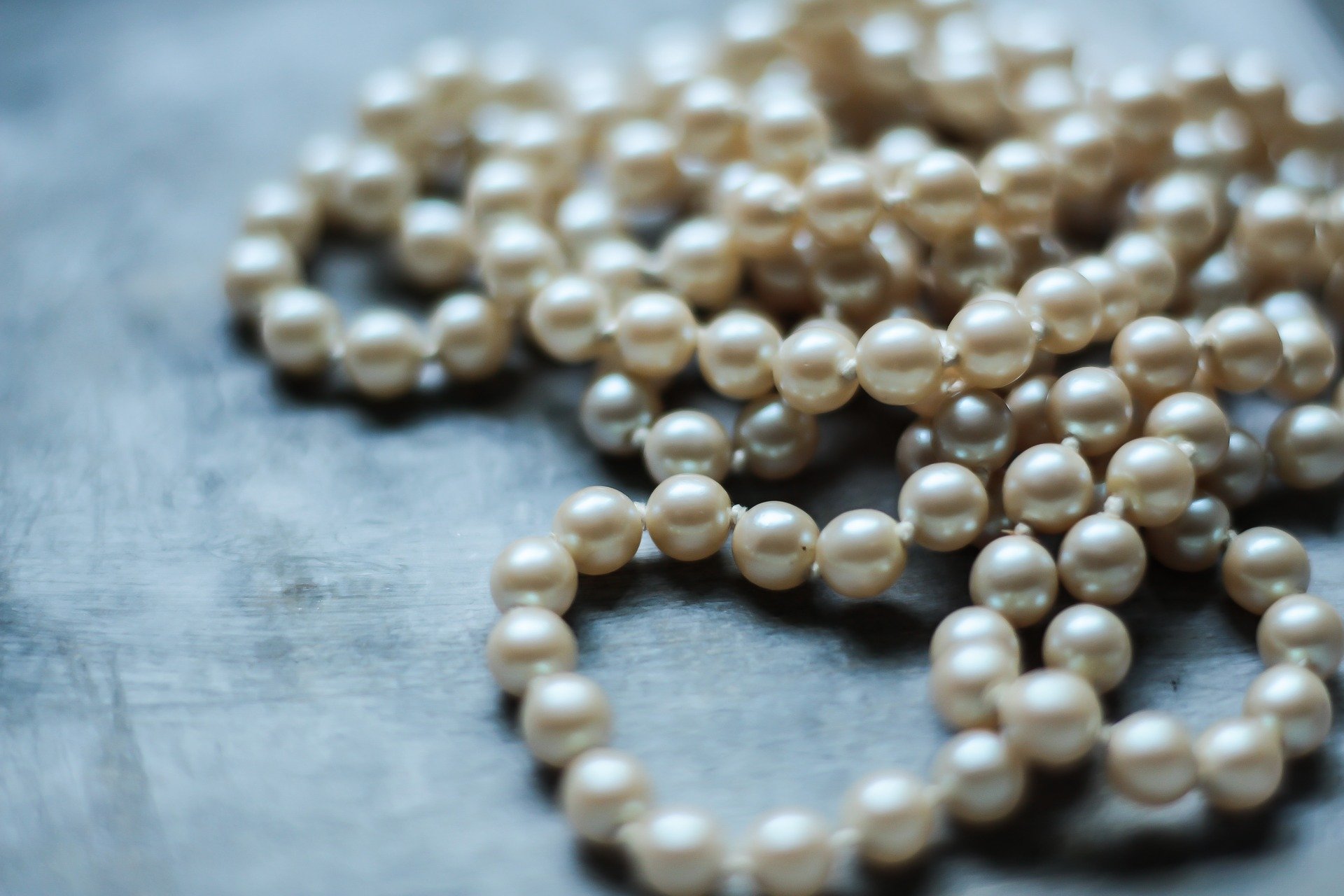Pearl growing is a way of describing the process of hopping from one source to another, for example reading a book, then following up foot notes and references to develop an argument for your essay or assignment. It can also apply to searching for information online and involves clicking on hyper-links from one web site to another to find more in-depth and relevant information. The key difference between pearl growing and searching is that there is an element of quality – you’re not looking for the diamond in the rough, but carefully constructing a beautiful pearl from small bits of sand.
Citation Databases
Often pearl growing involves taking one relevant source, or citation, to find more relevant sources on a topic. This method can be refined further using citation databases, which help you establish the links between research. Unlike bibliographies at the end of books or journal articles, which cite previous research, citation databases allow you to look forward so you can see how research is evolving in a specific field. It’s like a genealogy of research – a sort of ‘Who is reading who’.
Web of Science
Web of Science is a collection of citation databases. You can access it via the Find Databases menu on Library Search. It includes:
- Arts and Humanities Citation Index
- Social Sciences Citation Index
- MEDLINE
- Science Citation Index
If you are interested in finding out the impact of a particular piece of research, you can view all of the articles that cite that research by clicking on the number next to the words Times Cited. You can read the abstracts to find out more about the articles and build up a picture of how the research has been used by others.
You can read the library guide to Web of Science to find out more about how to search it.
Google Scholar
Google Scholar has a similar ‘cited by’ feature so that when you read an article you can find out who has used it in their research.
For example, if you had read Baucom, Nguyen and Hidalgo’s 2009 article on minimally invasive Spigelian hernia repair, but want to know if their research had influenced other research in this field, you could look at the Cited by feature. There are over 31 articles which have cited Baucom, Nguyen and Hidalgo’s research in their bibliographies of which two were published in 2019. This reveals that Baucom Nguyen and Hidalgo’s research is still of interest to researchers today.
If you’d like to know more, contact your Learning and Research Librarian.
Featured image: Image by TheAnnAnn from Pixabay.
 Library
Library Michelle Crowther
Michelle Crowther 1871
1871


